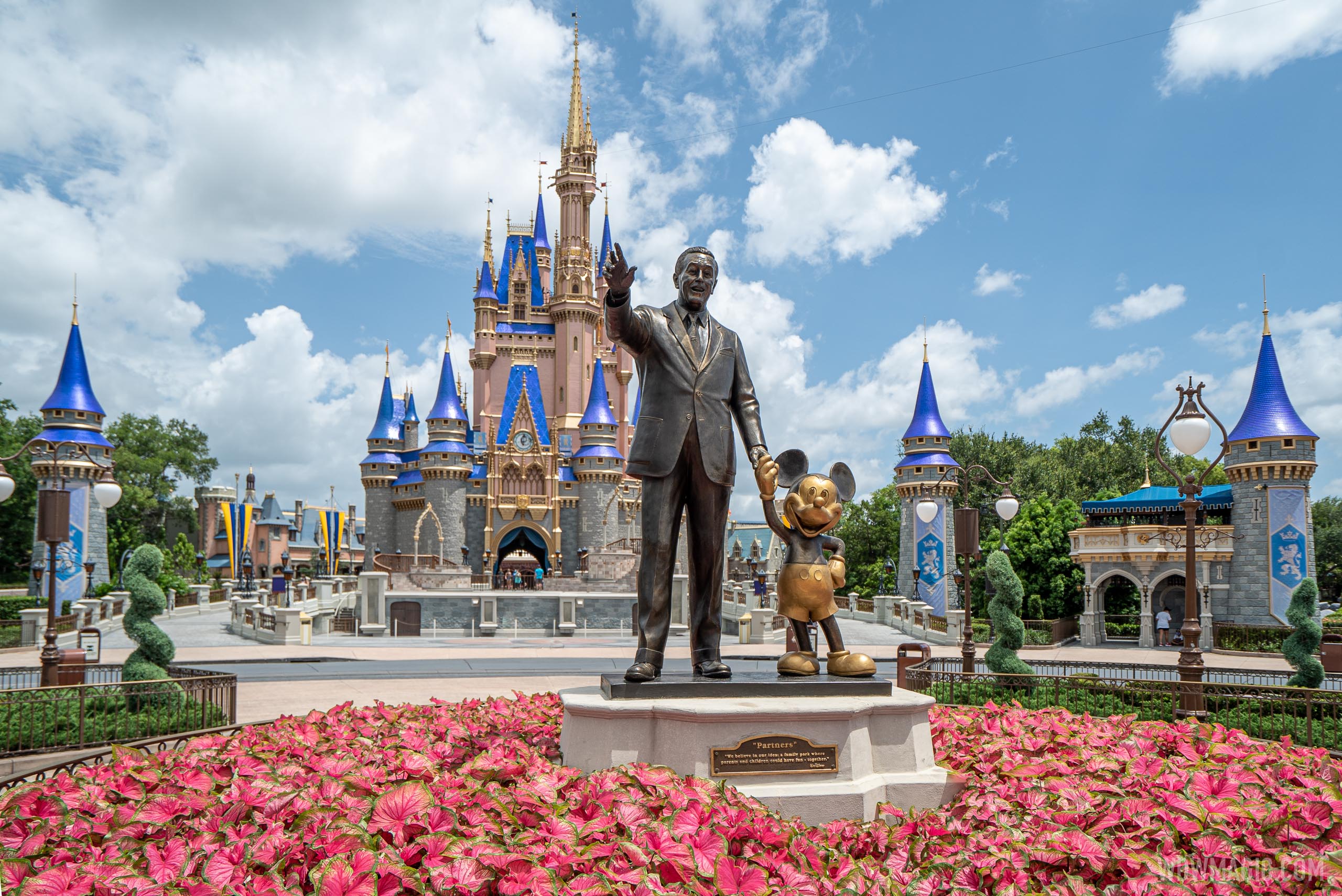mf1972
Well-Known Member
literally the 1st thing that came to mind after hearing what happened
literally the 1st thing that came to mind after hearing what happened
Most (but not all) rides appeared to be back up before the park closed at 10.What happened to the After Hours event? Did they get things fixed or have to refund guests?
So they greased the poles and they needed something else to damage…got it!Jalen Hurts knocked the air out of WDW as well.
Great googly moogly…I’ve honestly been kidna surprised how many people know ball (to a minor extent at least) on here today
And yes, he’ll have to pay a whole BUNDLEROOSKI.
Someone will know but I think this just goes back to the history of how MK was built as an experimental/futuristic theme park.Can anyone with knowledge explain the value in a centralized system for compressed air?
I've never heard of this in the park before and this seems a good example of why it seems like a bad idea.
I don't know about this system in general... but compressed air is used in a variety of applications and would be very useful to have hookups around the park. As far as centralizing it to a single location I can think of many benefits including:Can anyone with knowledge explain the value in a centralized system for compressed air?
I've never heard of this in the park before and this seems a good example of why it seems like a bad idea.

Efficiencies of scale. More efficient to compress a bunch of air at once than to do it in a bunch places. Same reason they use central energy plants that provide chilled water for the air conditioning instead of individual systems everywhere.Can anyone with knowledge explain the value in a centralized system for compressed air?
I've never heard of this in the park before and this seems a good example of why it seems like a bad idea.
Thanks.Efficiencies of scale. More efficient to compress a bunch of air at once than to do it in a bunch places. Same reason they use central energy plants that provide chilled water for the air conditioning instead of individual systems everywhere.
6) And a DISASTER if that single location ceases to function for whatever reason.I don't know about this system in general... but compressed air is used in a variety of applications and would be very useful to have hookups around the park. As far as centralizing it to a single location I can think of many benefits including:
Think of it like a city water system instead of everyone being on their own wells.
- Easier and cheaper to maintain
- Simplicity of design (less moving parts, less to go wrong)
- Easy to tap into if something new needs compressed air
- Centralizing the noise of the pumps
- Scales of economy mean its probably cheaper/easier/more reliable to have 1 central location.
True... I'm guessing there are back up systems in place, but some sort of perfect storm hit to bring everything down.6) And a DISASTER if that single location ceases to function for whatever reason.
It’s really no different than electricity. Power issues can take down large parts of the park but we all understand that it would not make sense to have a small power generating facility at every venue.6) And a DISASTER if that single location ceases to function for whatever reason.
I wonder what redundancies are in place or bypass valves so that a leak somewhere doesn't have wide scale effect.Efficiencies of scale. More efficient to compress a bunch of air at once than to do it in a bunch places. Same reason they use central energy plants that provide chilled water for the air conditioning instead of individual systems everywhere.
Again, no idea on specifics... but off the top of my head.Just curious…what would compressed air be used for on some of the rides which closed? Like Tomorrowland Speedway. And other attractions like HM and Small World, a compressed air failure might prevent items on the ride from functioning, but will it cause boats and Omni-movers to stop moving?
It depends on the attraction. It’s used extensively across attractions for animated figures and props, station gates, switch gates/tracks, brakes, and much more. In some cases yes, It will cause some attractions to stop because the system will initiate an emergency stop.Just curious…what would compressed air be used for on some of the rides which closed? Like Tomorrowland Speedway. And other attractions like HM and Small World, a compressed air failure might prevent items on the ride from functioning, but will it cause boats and Omni-movers to stop moving?
Register on WDWMAGIC. This sidebar will go away, and you'll see fewer ads.
